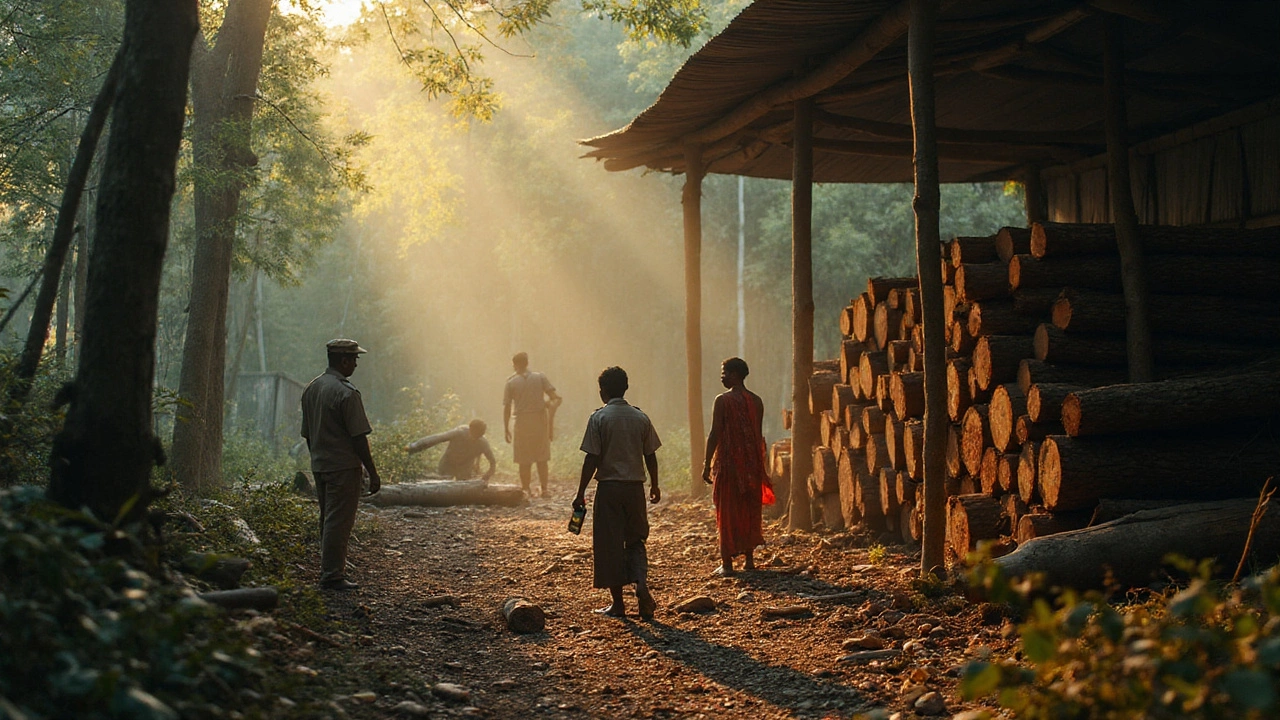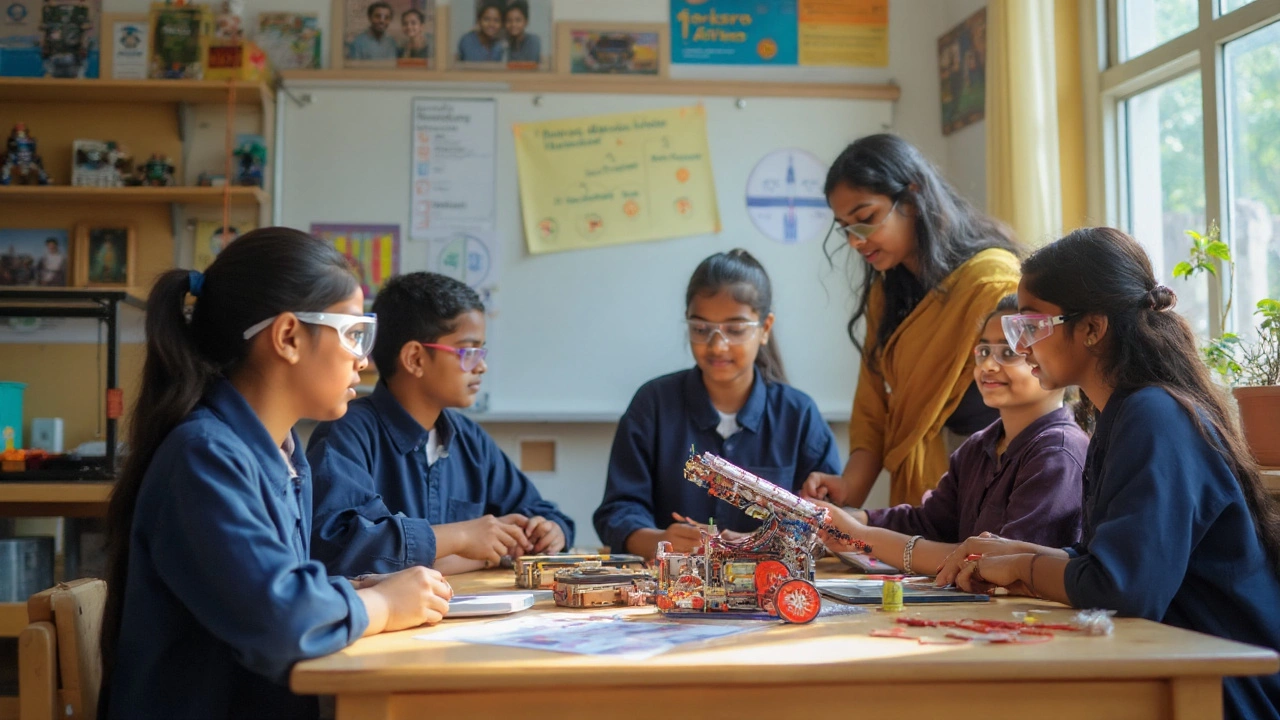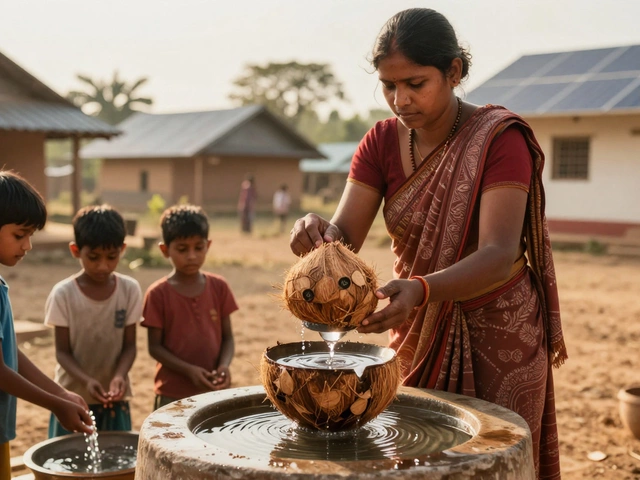STEM Education and Climate Innovation in September 2025
When we talk about STEM education, an integrated approach to learning science, technology, engineering, and math through hands-on problem solving. Also known as STEAM, it’s not just classroom theory—it’s what powers real solutions like clean energy systems, climate adaptation tools, and sustainable resource use. In September 2025, the focus wasn’t on abstract ideas. It was on what’s actually working: how kids in rural schools are building solar chargers, how engineers are designing affordable wood stoves, and how policymakers are using global partnerships to cut emissions.
Mission Innovation, a global coalition of countries working together to accelerate clean energy research and funding is one of those real-world engines. It’s not a slogan. It’s a funding structure, a shared goal, and a network of labs and startups pushing past old limits. That’s why one of our top reads this month broke down its pillars—not to impress, but to show how India fits in. Meanwhile, clean energy innovation, the development of new technologies that reduce fossil fuel dependence while scaling up power access isn’t just about wind turbines and solar panels. It’s also about smarter ways to use firewood—yes, firewood—if done right. firewood renewable, a biomass energy source that can be sustainable only if forests regrow faster than they’re cut and emissions are controlled isn’t a contradiction. It’s a calculation. And in 2025, that calculation matters more than ever.
Then there’s the quiet alarm: uninhabitable earth, a condition where extreme heat and humidity make outdoor survival impossible for parts of the population without artificial cooling. This isn’t sci-fi. It’s wet-bulb temperature data from the Indian plains. And the people who understand this best? They’re the ones trained in STEM. They’re the ones asking: How do we adapt? Who gets left behind? What tools can we build now? This month’s posts didn’t just warn. They gave people a way to act—whether it’s choosing a cleaner stove, pushing for better school labs, or understanding global climate policy.
What you’ll find below isn’t a random list of articles. It’s a map. A map of how education, policy, environment, and everyday choices connect. No fluff. No guesses. Just clear, practical insights from the front lines of India’s STEM movement—right now, in 2025.








